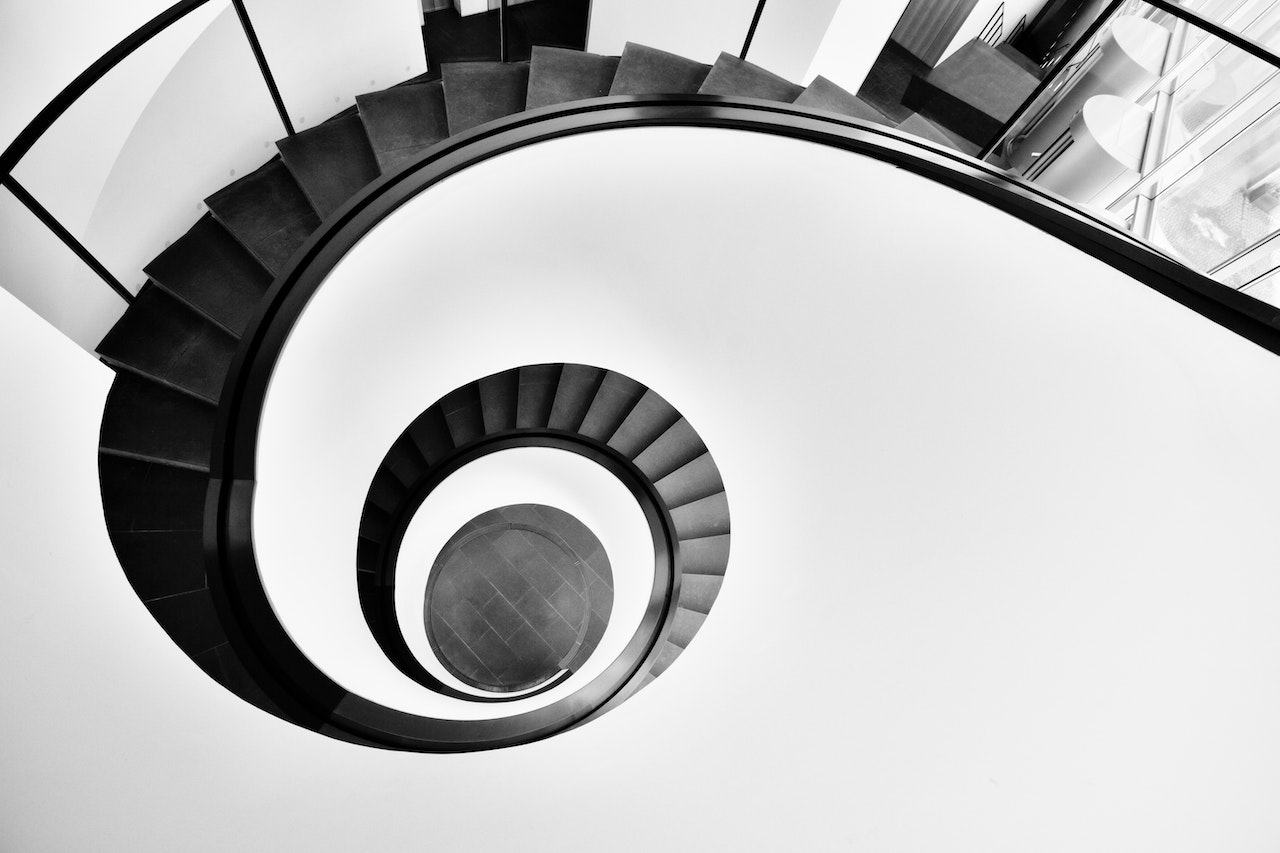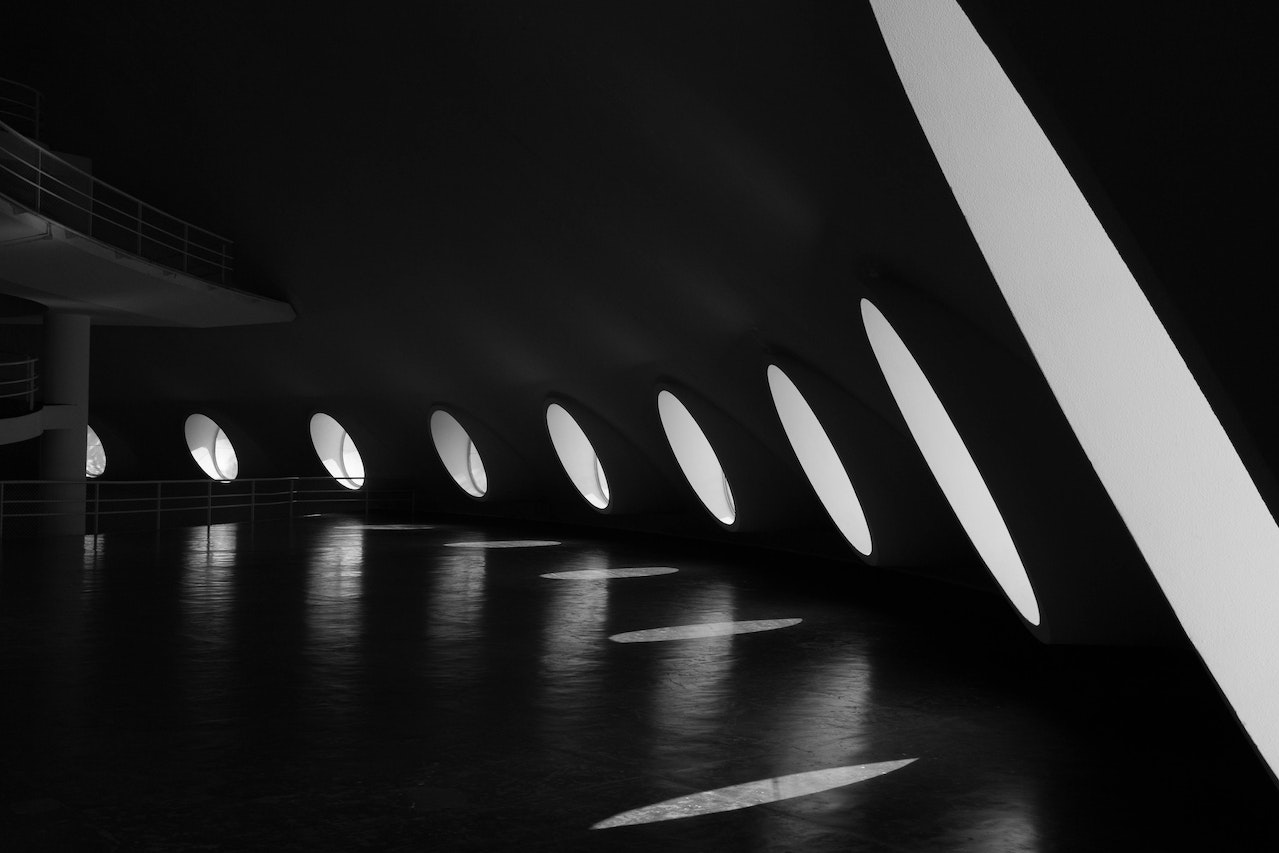The Intersection Of Art, Design, And Architecture - Where Creativity Meets Functionality
The intersection of art, design, and architecture is a fascinating topic that has been explored by artists, architects, and designers for centuries. This intersection has given birth to some of the most iconic works of art, breathtaking buildings, and innovative designs.
Author:George EvansMar 16, 2023228 Shares228.1K Views

The intersection of art, design, and architectureis a fascinating topic that has been explored by artists, architects, and designers for centuries.
This intersection has given birth to some of the most iconic works of art, breathtaking buildings, and innovative designs.
In this article, we will delve deeper into this fascinating topic and explore the various ways in which art, design, and architecture intersect and influence each other.
Defining The Terms
Before we dive into the intersection of art, design, and architecture, it is important to define what these terms mean.
Art is the expression of human creativity and imagination, typically in a visual form such as painting, sculpture, or photography. Art is often created for its aesthetic value and to evoke an emotional response in the viewer.
Design is the process of creating something with a specific purpose in mind. Design can take many forms, such as graphic design, industrial design, or fashion design. Design is often focused on functionality, efficiency, and user experience.
Architecture is the art and science of designing and constructing buildings and other physical structures. Architecture is concerned with the aesthetic, functional, and environmental aspects of building design.
The Intersection Of Art, Design, And Architecture
The intersection of art, design, and architecture is where these three fields come together to create something truly unique. This intersection can be seen in many different forms, from the use of art in architecture to the incorporation of design elements in art.
Art In Architecture
One of the most common ways in which art intersects with architecture is through the use of public artinstallations in buildings and public spaces.
Public art can take many forms, such as sculptures, murals, and installations. These works of art are often commissioned by architects or city planners to add a visual element to a building or space and to create a sense of community and identity.
An excellent example of public art in architecture is the Guggenheim Museum Bilbao in Spain, designed by architect Frank Gehry.
The museum's exterior is covered in shimmering titanium panels that reflect the surrounding environment, creating a constantly changing visual experience for visitors. The museum also features a large sculpture by Jeff Koons, which is visible from both the interior and exterior of the building.
Another example of public art in architecture is the Louvre Pyramid in Paris, designed by architect I.M. Pei. The pyramid serves as the main entrance to the Louvre Museum and has become a symbol of the museum itself.
The pyramid's glass panes allow natural light to filter into the museum's underground lobby, creating a dramatic and welcoming entrance for visitors.
Design In Art
Design elements can also be found in many works of art. Many artists incorporate design principles into their work to create a more cohesive and visually pleasing piece. Design principles such as balance, symmetry, and color theory can all be found in works of art.
One artist who has successfully incorporated design elements into his work is Piet Mondrian. Mondrian was a Dutch painter who is best known for his abstract works that feature bold, primary colors and black lines. Mondrian's use of these design elements creates a sense of balance and harmony in his paintings.
Another artist who has used design elements in her work is Yayoi Kusama. Kusama is a Japanese artist who is known for her immersive installations that feature repetitive patterns and bright colors. Kusama's use of design principles creates a sense of movement and energy in her work.
Architecture In Design
Architecture can also influence design in many ways. Designers often look to architecture for inspiration when creating products or spaces. Architectural elements such as form, structure, and materials can all be incorporated into the design.
One example of architecture influencing design is the furniture industry. Many furniture designers look to architecture for inspiration when creating new pieces. The work of architect Frank Lloyd Wright is particularly influential in the furniture industry, with his use of natural materials and clean lines inspiring many designers.
Another example of architecture influencing design is the fashion industry. Fashion designers often take inspiration from iconic buildings or architectural styles when creating new collections.
For example, designer Zaha Hadid's fluid and curvilinear architecture have inspired many fashion designers to create clothing with similar shapes and forms.

Symbiosis: The Intersection of Art and Architecture
The Future Of The Intersection Of Art, Design, And Architecture
The intersection of art, design, and architecture is constantly evolving, with new ideas and innovations emerging all the time. One area that is seeing a lot of growth in this intersection is the field of technology.
Advances in technology are allowing architects, designers, and artists to create previously impossible works. For example, 3D printing technology is allowing architects to create complex structures and designs with unprecedented precision and accuracy.
Virtual reality technology is also changing the way we experience art, design, and architecture, allowing us to explore new spaces and environments in a completely immersive way.
Another area where technology is having an impact on this intersection is in the use of sustainable materials and construction methods.
Many architects and designers are now focused on creating buildings and products that have a minimal impact on the environment. This has led to the use of materials such as bamboo, recycled plastics, and sustainable wood in architecture and design.
People Also Ask
How Does Architecture Influence Design?
Architecture can influence design through the use of materials, construction techniques, and functional requirements that affect the design of objects within a space.
What Is An Example Of Architecture Influencing Design?
The use of natural materials and clean lines in furniture design, inspired by the work of architects such as Frank Lloyd Wright, is an example of architecture influencing design.
How Is Technology Impacting The Intersection Of Art, Design, And Architecture?
Technology is allowing for the creation of previously impossible works, such as 3D-printed structures and immersive virtual reality experiences.
What Is Sustainable Architecture And Design?
Sustainable architectureand design focus on creating buildings and objects that have a minimal impact on the environment, through the use of sustainable materials and construction techniques.
Conclusion
The intersection of art, design, and architecture is a fascinating topic that has inspired some of the most iconic works of art, breathtaking buildings, and innovative designs.
The intersection of these three fields allows for the creation of truly unique and inspiring works that evoke emotions, challenge perceptions, and push boundaries.
As we move into the future, we can expect to see even more exciting developments in this intersection, as technology and sustainability continue to drive innovation in art, design, and architecture.
Whether it's through the use of public art in architecture, the incorporation of design elements in art, or the influence of architecture on design, the intersection of these three fields will continue to shape the world around us in exciting and unexpected ways.

George Evans
Author
George Anderson, an exceptional architectural designer, envisions and brings to life structures that transcend the realm of imagination. With an unwavering passion for design and an innate eye for detail, George seamlessly blends form and function, creating immersive spaces that inspire awe.
Driven by a deep appreciation for the interplay of space, light, and materials, George's innovative approach redefines the possibilities of architectural design. His visionary compositions leave an indelible mark, evoking a sense of wonder and transforming the built environment.
George Anderson's transformative designs and unwavering dedication continue to shape the architectural landscape, pushing the boundaries of what is possible and inspiring generations to come.
Latest Articles
Popular Articles
